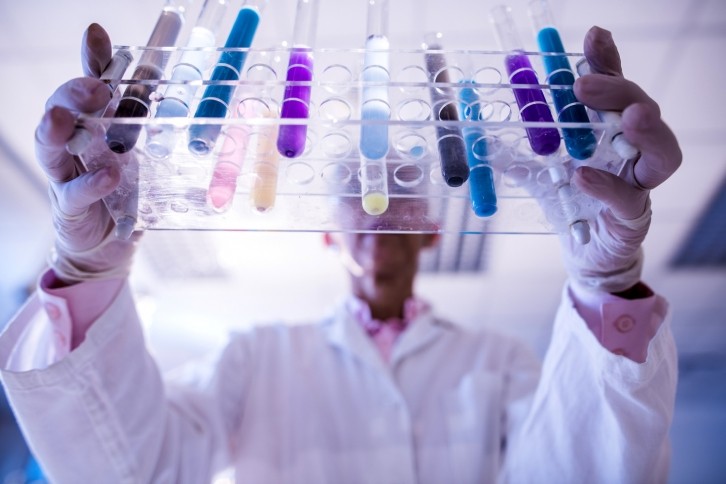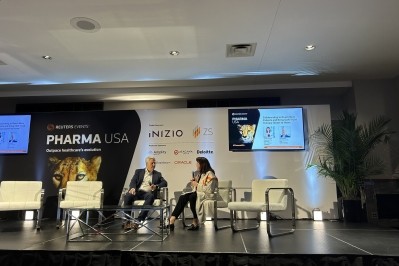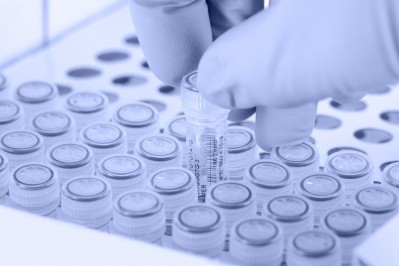How 908 Devices is utilizing automation to improve cell and gene therapy

BPR: Can you please describe the current challenges within cell and gene therapy manufacturing?
Due to the complexities of the process, cell and gene therapies are very expensive to develop, and these high development costs make life-saving treatments less accessible to patients. High development costs also impact the scalability of these therapies. As a result, cell and gene therapy developers are seeking ways to automate and improve manufacturing efficiencies to simplify workflows and reduce costs. One of the biggest challenges in cell and gene therapy manufacturing has been in quality control. Development failures can be detected during quality control checks, however, this process has historically required an expert staff member to physically spend time in clean rooms and perform manual tasks without error or contamination, rather than responding only when issues arise.
BPR: How will this collaboration address these challenges?
908 Devices and Terumo Blood and Cell Technologies are leveraging automation to directly monitor and control critical process parameters (CPP) and critical quality attributes (CQA) to achieve maximum yield and improve product efficacy and quality. By introducing 908 Devices’ MAVEN, an on-line glucose and lactate analyzer, to Terumo BCT’s Quantum Flex, customers have the ability to monitor and control key bioprocess parameters in cell cultures without having to enter the clean room and perform manual sampling. In doing so, the technology reduces risk of contamination, saves operator time and improves process understanding. Combining 908 Devices’ on-line monitoring with Terumo BCT’s Quantum Flex platform will help cell therapy manufacturers reduce time-consuming manual processes that increase both manufacturing costs and risks.
BPR: Why measure glucose and lactate continuously in a cell therapy process?
Glucose is a main source of energy, and thereby a critical parameter to monitor and control in most cell culture and fermentation processes. Measuring glucose levels indicates when to feed the cells, and lactate has been shown as a corollary to cell viability, which is critical to determine optimal time to harvest the cells. Real-time monitoring enables real-time decision-making, which benefits the manufacturing process by enabling developers to be better informed if levels are off. Glucose and lactate levels need to be just right, or else it can negatively impact product quality. By continuously measuring both elements, developers can intervene faster and take proper corrective action to salvage a batch, which is especially important for cell and gene therapies, which typically have less sample volume. Glucose and lactate are just the beginning. Over time, we’ll be able to include more and more analytes that therapeutic developers can use in process development and optimization.
BPR: How can automation bring cell therapy manufacturing efficiencies?
Like most industries, automating workflows can improve efficiencies and lower operational costs, enabling tasks to be completed more quickly and accurately than manual processes. Automation combined with on-line analytics also provides real-time data that gives developers deeper insights into the cell therapy manufacturing process. Operational efficiencies along with real-time process monitoring and control can enable cell therapy developers to bring these life-saving personalized treatments to market faster and at lower cost.
BPR: What do you envision for biopharma 4.0 and what steps do you see the industry taking in 2024?
As the industry progresses to more complex therapies, the demands on process development and manufacturing have never been greater. The industry has coined the concept of Biopharma 4.0 to minimize errors and lower the cost of goods, while simultaneously enabling better data and more efficiency. To foster this new era, we need more analytics, real-time control, digitalization, and data-based predictions. While progress is being made, implementation challenges remain. Collaboration across the industry is imperative to make strides forward, which is why we will continue to work with groups like Terumo BCT and others to keep building momentum.

















